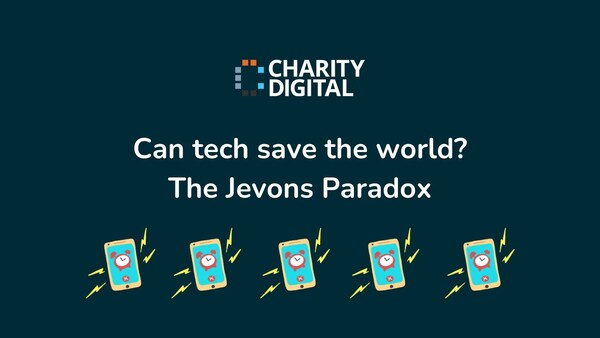Insights
INSIGHTS
All Topics
What is emissions reporting?
In Europe, Corporate Sustainability Reporting Directive (CSRD) is in force. But what does that mean for your charity? How can you ensure you are taking steps to report emissions?
Ahead of COP28, there were fierce debates on the European continent. Much of it was focused around how to make sure organisations are managing CO2 emissions towards net-zero.
At the start of 2023, the Corporate Sustainability Reporting Directive (CSRD) came into force. While the European Union regulation only applies to large and listed companies, the repercussions for others, including charities, looms large.
We explore what CSRD could mean for charities and reporting on emissions.
The chat around CSRD
Cutting to the bone of sustainability, climate change, and emissions reductions, the CSRD forces organisations to report Environmental, social, and governance (ESG) disclosures on a regular, standardised basis. The legislation comes after discussions on the European Green Deal and commitment to reach net-zero by 2050, as outlined by accounting firm PWC.
The important part is that CSRD makes sustainability reporting as important as financial reporting. Companies need to their impact seriously. They need to keep track of their footprint and ask uncomfortable questions around what they are doing from an ESG lens.
What is being reported?
The challenge companies face is what exactly needs to be reported. There’s no straight forward answer. Compounding the matter, the disclosures need to be looked at from a ‘double materiality’ perspective. That means, whatever is disclosed needs to be considered and reported both from an ESG and financial impact perspective. This departs from the previous status quo, where ESG was only reported from a financial risk view.
Global audit firm KPMG offers a five-step programme to understanding how to digest CSRD and what to do about it:
- Conduct an impact assessment to understand what CSRD means to you
- Do a materiality assessment
- Assess ESG maturity
- Design an ESG report
- Implement the plan
For companies that need to report on the CSRD, it’s an entire journey that is undertaken. For each company, there may be different materiality metrics based on operations.
Impact on charities
While for the most part CSRD exempts charities, that doesn’t mean to say that charities aren’t impacted. In fact, they might be called to the limelight in a variety of circumstances.
Companies performing CSRD reporting as part of their processes will need to gather information from external stakeholders. Charities may be asked to produce information about their operations as part of the ESG journey. Questions around emissions, supply-chain, community impact, and environmental impact might be asked.
For UK charities that are already measuring their impact and emissions, this development provides an opportunity. Since large companies will be doing due diligence, the fact they you’ve prepared reporting is a competitive advantage over other partners.
Best platforms to use
To hone in on the opportunity to showcase impact and to leverage favourable partnerships with businesses, charities should get to grips with the technology.
Charities best placed to dig deeper into the data and analytics will find platforms handy. Here’s a quick snapshot of some we’ve reviewed.
SustainIQ
A newcomer to the stage, SustainIQ focuses on procurement, environment, people, and community. The platform has straight forward ESG metrics to assess like energy and water consumption, waste management, volunteerism, and fundraising. This is overall a good platform for charities to start tracking KPIs in an understandable manner.
Pros: The platform has a partnership with SolarAid. SustainIQ provide lighting to the charity that aligns with UN SDG Goal 7. For charities it’s a double-win.
Cons: Charities need to have some data to hand on their mission, impact, and consumption.
Watershed
Billed as an enterprise platform, Watershed has all the bells-and-whistles for larger charities that already are advanced in digitisation. The platform aggregates data from other services like Workday and Netsuite.
Pros: The ESG platform takes care of both strategy and reporting.
Cons: Charities need to already be well on their digital journey. The platform is sophisticated and requires a good handle on data.
Greenly
Similar to Watershed, Greenly offers services across carbon assessment and lifecycle, strategy and supply-chain. It also allows companies to align themselves with CSRD.
Pros: Greenly offers a subscription-based model where users pay for what they use. The platform claims to produce results in a matter of days.
Cons: The features are for businesses, so some may not be applicable.
Christine Chiu
More on this topic
Recommended Products
Related Videos
Our Events
Charity Digital Academy
Our courses aim, in just three hours, to enhance soft skills and hard skills, boost your knowledge of finance and artificial intelligence, and supercharge your digital capabilities. Check out some of the incredible options by clicking here.
















